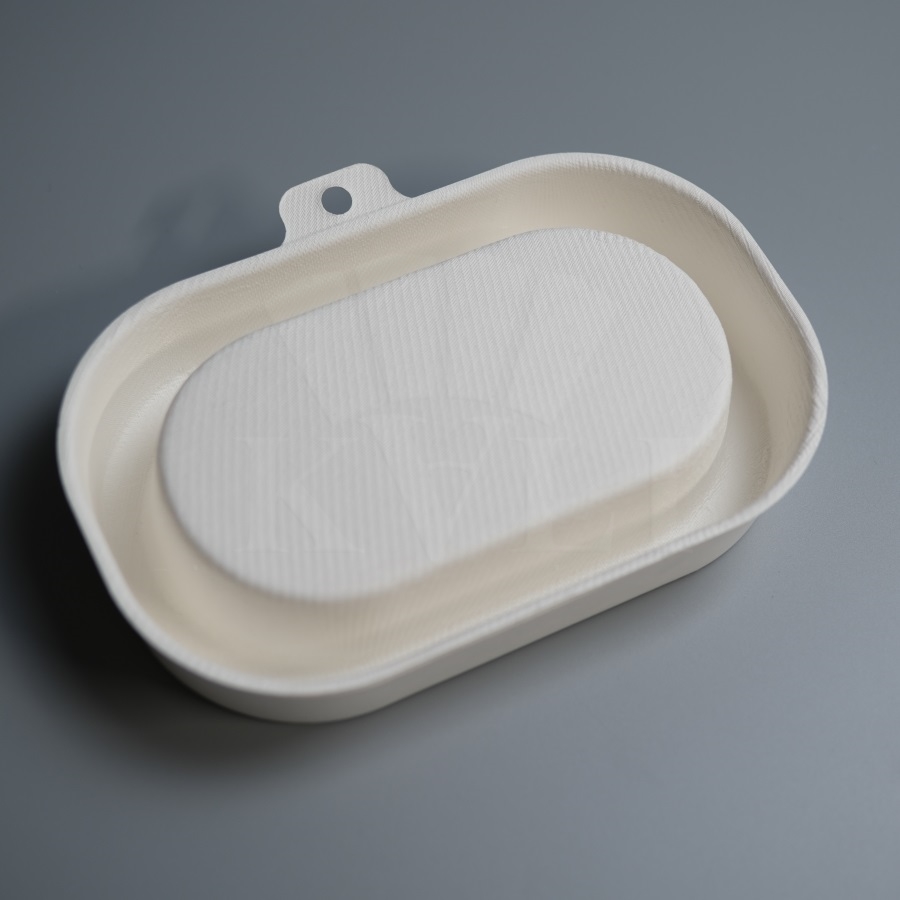We hope that by the end of this guide, you have a better understanding of this wonderful environmentally friendly packaging material! There are some advantages and disadvantages to compostable packaging, but all things considered, this type of material is one of the most eco-friendly solutions we have available to combat the use of plastic packaging. Do you have an interest in gaining more knowledge regarding the various types of circular packaging materials? Check out these guides for more information on our reusable and recyclable frameworks and products. It couldn't be a better time to switch out your plastic packaging for something that's better for the environment! Learn more about PLA and other bioplastics used in packaging by reading this article.
The traditional kind of plastic packaging is made from petroleum, which is a resource that cannot be replenished. The extraction of this fossil fuel and the subsequent decomposition of its byproducts is not an easy process for the environment. The extraction of petroleum from our planet leaves a significant carbon footprint, and when plastic packaging is thrown away, custom compostable box contaminates the environment by decomposing into microplastics and spreading pollution throughout the surrounding area. It is also incapable of biodegradation because it takes more than a thousand years to break down in a landfill after being discarded there. Packaging made of plastic is the primary source of waste that ends up in landfills, and it is responsible for almost half of the total amount of waste generated globally.
Can cardboard and paper be broken down into compost?
Paper is a completely natural and renewable resource that is made from trees and can be broken down over the course of time, so it is completely safe to use in a compost pile. When it comes to composting paper, the only time you might run into an issue is if the paper has been colored with specific dyes or has a glossy coating. This is because these characteristics can cause the paper to release toxic chemicals as it decomposes. Because the paper is certified by the Forest Stewardship Council, free of lignin and sulfur, and uses soy-based inks, the packaging, such as KALI's Compostable Tissue Paper, is safe for home composting. This is because soy-based inks are environmentally friendly and do not release chemicals as they decompose.
It is possible to compost cardboard due to the fact that it contains carbon and contributes to the carbon-to-nitrogen ratio of a compost pile. The nutrients and energy that the microorganisms in a compost heap require in order to convert these materials into compost are supplied by this method. Your compost pile will benefit greatly from the addition of KALI's Kraft Boxes and Mailers made of Kraft. After being mulched (that is, shredded and soaked in water), cardboard will decompose relatively quickly. You should mulch the cardboard. It should take about three months, on average, to complete.
KALI products packaged in materials that are compostable.
Personalized tissue paper. Our facial tissue is made with paper that is FSC-certified, free of acid and lignin, and printed with inks made from soy.
Paper designed specifically to be safe for food use. The food-safe inks that we use are water-based, and our food-safe paper is printed on FSC-certified paper.
Stickers made to order. The paper that our stickers are printed on is acid-free and FSC-certified, and the ink that is used is made from soy.
Stock of tape made of kraft. Recycled Kraft paper is used in the production of our tape.
Washi Tape made to order. Rice paper is used in the manufacturing of our tape, and non-toxic adhesive and inks are used in the printing process.
Shipping labels that are kept in stock. The recycled paper that our shipping labels are made from is certified by the FSC.
Mailers made to order out of kraft. Our mailers are made from 100% recycled Kraft paper that has been certified by the FSC, and they are printed with inks that are water-based.
Mailers made of stock Kraft. Our mailers are constructed from 100% recycled Kraft paper that has been certified by the FSC.
Cards Printed to Your Specifications. Our greeting cards are crafted using paper that has been awarded the FSC certification and printed using inks that are derived from soy.
Mailers made of compostable bioplastics.
Our mailers have received certification from TUV Austria and are manufactured using bio-based polymers such as PLA and PBAT. They have been tested and proven to decompose in a residential setting within three months, and in a commercial setting within six months.
Boxes made to order out of cardboard for shipping.
The printing on our boxes is done with HP indigo compostable inks, and the material used is recycled Kraft E-flute board.
Stock containers for shipping goods. The Kraft E-flute board that our boxes are made of has been recycled completely.
Hang Tags Made to Order. Our hang tags are crafted from recycled card stock that has been FSC-certified and are printed with non-toxic inks made from soy or HP.
How to inform customers about the importance of composting
Your customers have two options for composting their packaging once it has reached the end of its useful life: either they can find a composting facility near their home (this could be an industrial or community facility), or they can compost the packaging themselves at their own residence.
Procurar
popularne posty








